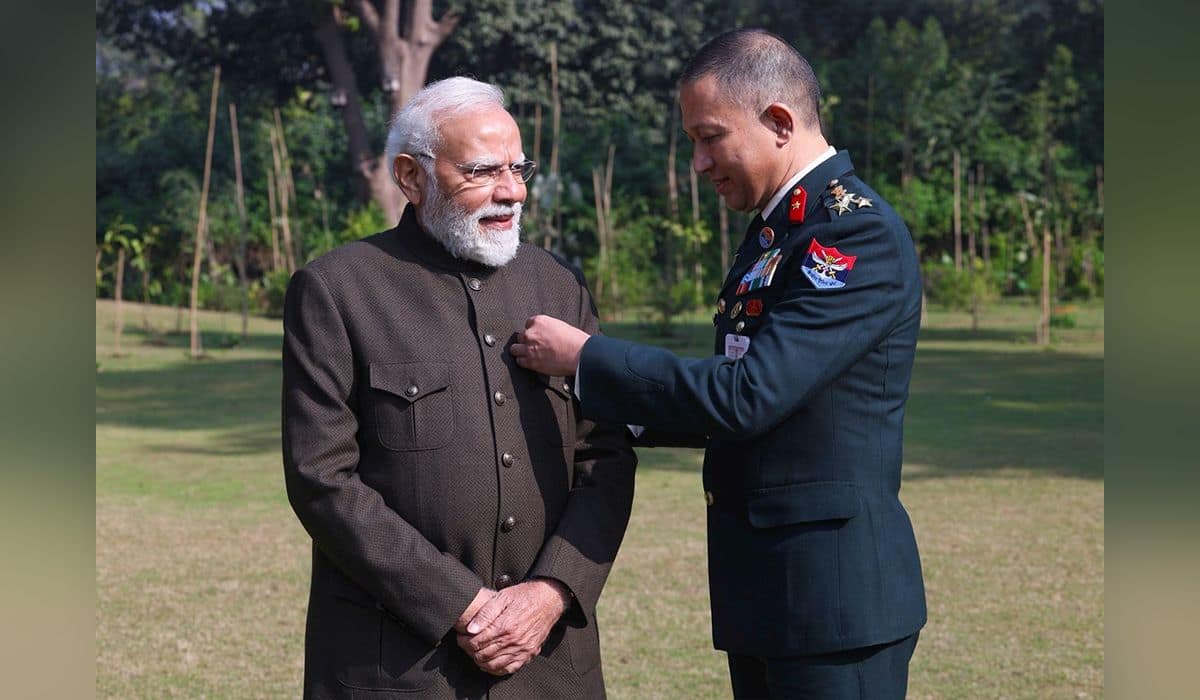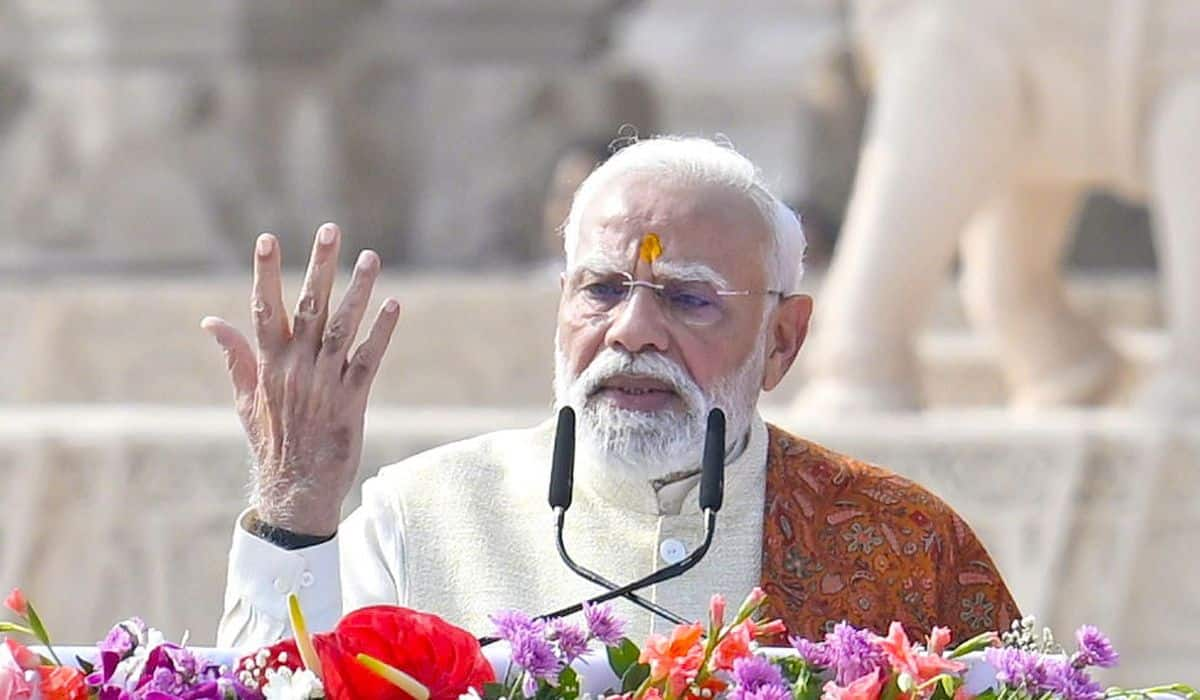CM gives away incentive prizes of Rs.14.70 crore to 558 samras village panchayats of Saurashtra and Kutch region
CM asks village surpanchs to give their best for the development of villages
CM criticizes Opposition for causing uproar on the implementation of the concept of samras villages
In a function held at Morbi today the Chief Minister Narendra Modi gave away incentive prizes of Rs. 14.70 crore to 558 village panchayats of the seven districts of Saurashtra and Kutch region. In all, the Chief Minister will distributed incentive prizes of Rs.55.62 crore to 2123 village panchayats in four different zones which were elected samras in the panchayat election of December-2011.Congratulating the sarpanchs and the villagers the Chief Minister asked them to give their best for the development of the village. “This government has approved grants worth lakhs of rupees for the development of villages. Now, you must do your best work and change the face of villages”, he said. People in the villages have started working for the good of the village, forgetting the mutual enmity. This is the best demonstration of democratic values, he said.
Chief Minister recalled that the Opposition caused uproar when he introduced the tradition of ‘samras village’ in October-2001. “The opposition described the tradition as the murder of democracy. But how can you call it a murder of democracy when, at the same time, you term the unanimous election of the President as the victory of democracy”, he questioned. But when the villages gave huge response to the concept of samras village, the Opposition also accepted the tradition, he said.

Chief Minister said the administration of as many as 290 village panchayats are in the hands of women who were selected unanimously, which is not a matter of small measure. He called upon political analysts and the well-wishers of the women empowerment to come in Gujarat to study the democratic system in the samras villages which are administered by the female sarpanchs.
Criticizing the ban on cotton export imposed by the central government the Chief Minister said that it is a crooked policy of the Centre. The Centre is only concerned with the benefits of vested interests, even though its shameless decisions ruin the farmers of this nation.
This decision of the Centre has badly affected the output of cotton seed oil producing mills. The price of groundnut oil has gone high. But the Centre is not at all ready to shed a single tear for the people who have became victims of the price rise, he said.
Speaking on the occasion Panchayat Minister Narottam Patel said the state government is committed to solve the problems of the villages. The government gives grant to the villages under samras scheme with a view to lead them to prosperity. He also gave details of the schemes such as Tirthgram, Mission Mangalam and Sakhi Mandal, among other.
Education Minister Ramanlal Vora said the State government is determined in providing quality education to the children. He also appealed the gathering to take benefits of various educational schemes which have been implemented by the state government.
Minister of State Vasanbhai Ahir said the State government has actualized the Gandhiji’s notion about villages and panchayats.
Minister of State Kanubhai Bhalala said that due to the efforts put in by the state government through Krishi Mahotsav, the farmers have now become able to get almost double output compare to the past.
Minister of State Parbat Patel gave details of the health related schemes such as 108 ambulance service, Janani Suraksha scheme and Bal Sakhi scheme, among other.
MP Punamben Jat, Parliamentary Secretary L.T.Rajani, Former MP Vijay Rupani, Village Panchayat President Hansaben Paredhi, MLAs Kantibhai Amrutiya, Vandanaben Makwana, Jasuben Korat, Pravin Mankadiya, Dr. Bharat Bodhara, Govind Patel, Bhanuben Babariya, Rajasibhai Jotava, Former MLA Gokaldasbhai Parmar and top government officials were present on the occasion.














